Benchmark Neural Predictability of G-factor
2023-05-10
FMRI Sample Description
745 participants (Mean age = 20.9, SD = 2.2, range: [17, 29]; Sex: 63.0% females, 37.0% males, 0.0% other)
Compare CPM among different modalities
Configurations
Parameters are as follows (mainly inspired by Greene et al. (2018)):
- FMRI data pre-processing:
withorwithoutglobal signal regression (GSR) - Node parcellation: Power’s 264 nodes (
Power264) or Shen’s 268 nodes (nn268) - Modality:
task: N-back taskrest: resting-statecombined: combines N-back and rest-stating by appending these two data
- Edge selection threshold method: correlation p.value based (
alpha) or network sparsity based (sparsity)
Parcel Shen268 with GSR

Figure 1: CPM prediction among different modality.
Parcel Shen268 without GSR
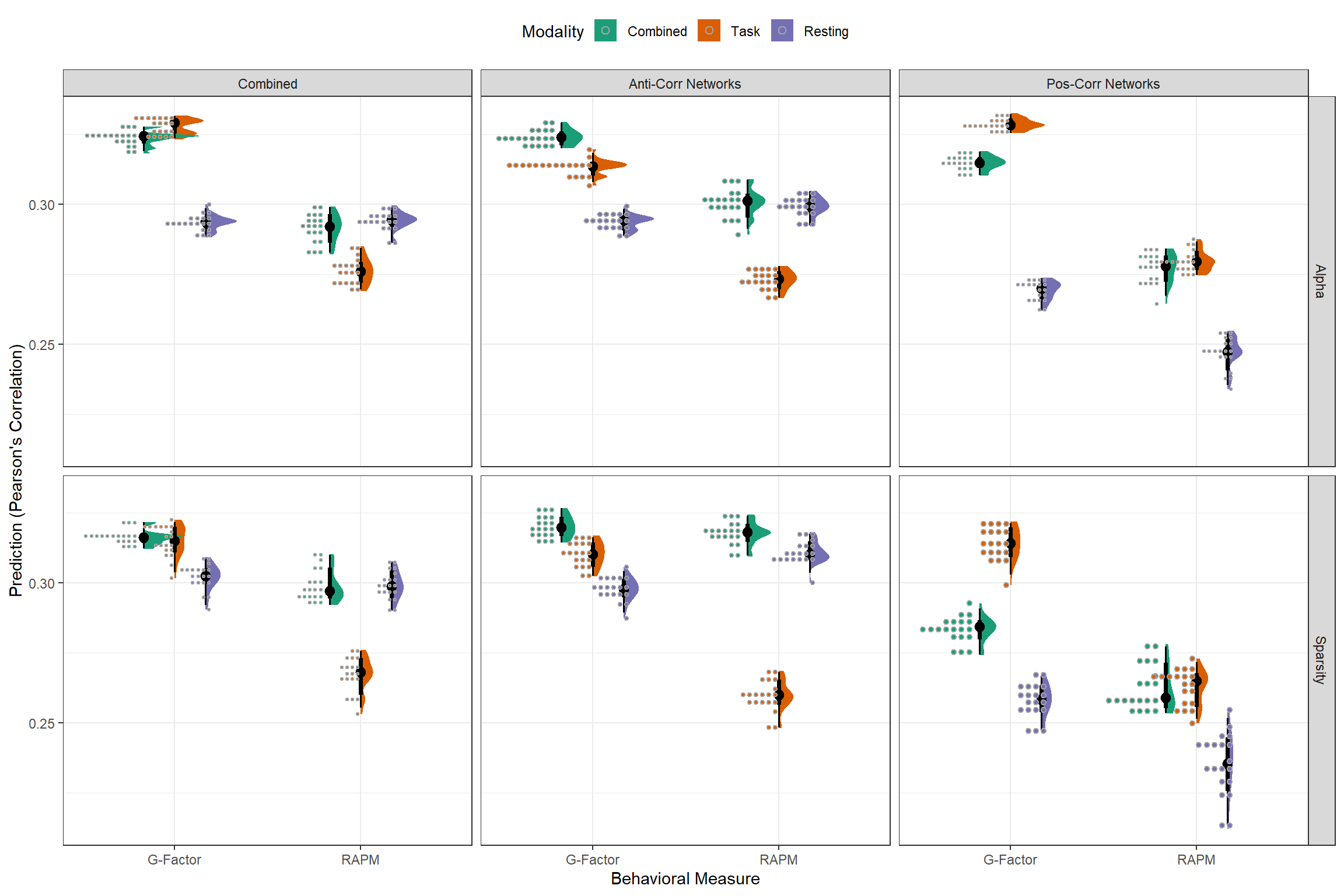
Figure 2: CPM prediction among different modality.
Parcel Power264 with GSR

Figure 3: CPM prediction among different modality.
Parcel Power264 without GSR

Figure 4: CPM prediction among different modality.
Compare between gender/sex
Parcel Shen268 with GSR
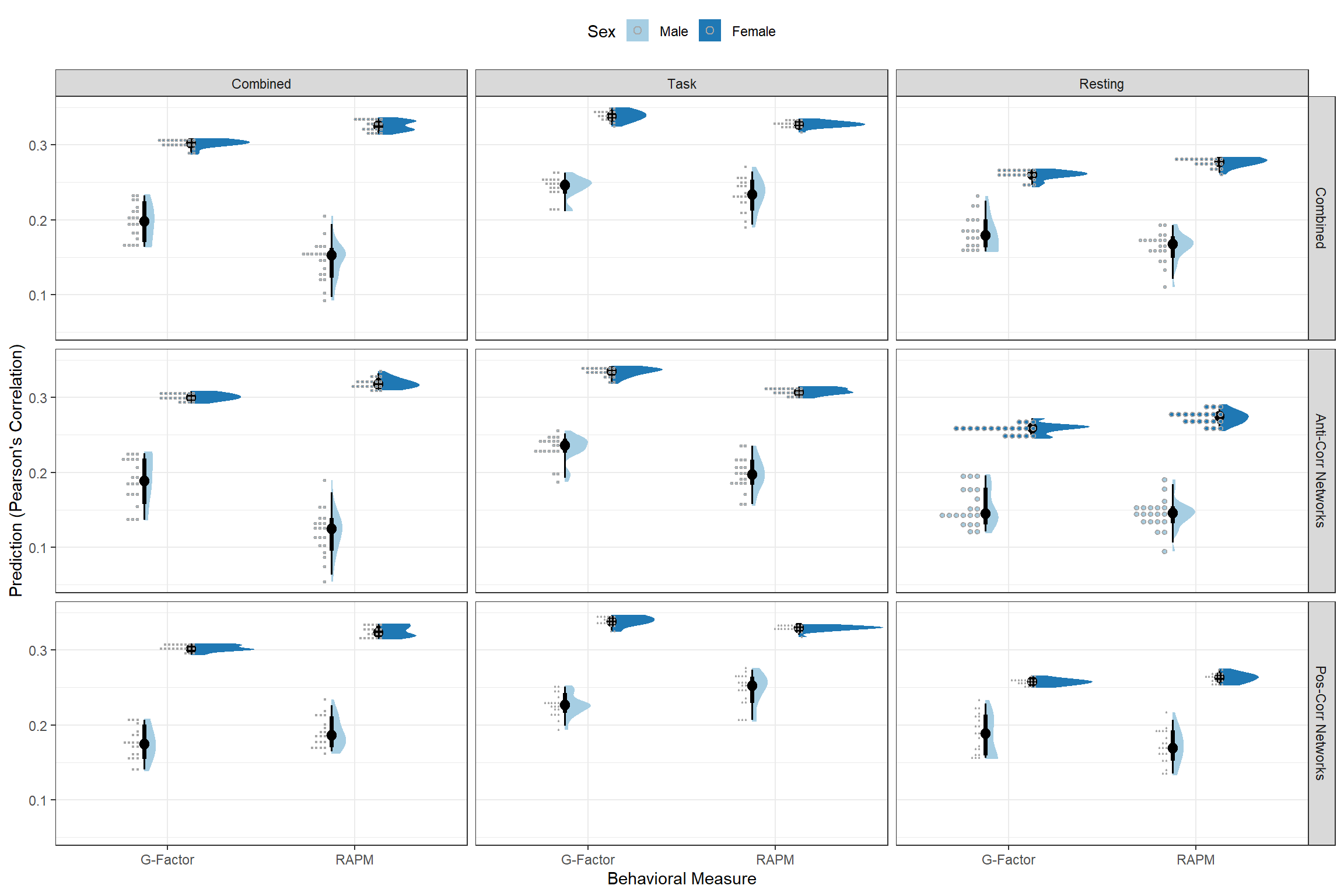
Figure 5: CPM prediction between different sex.
Parcel Shen268 without GSR
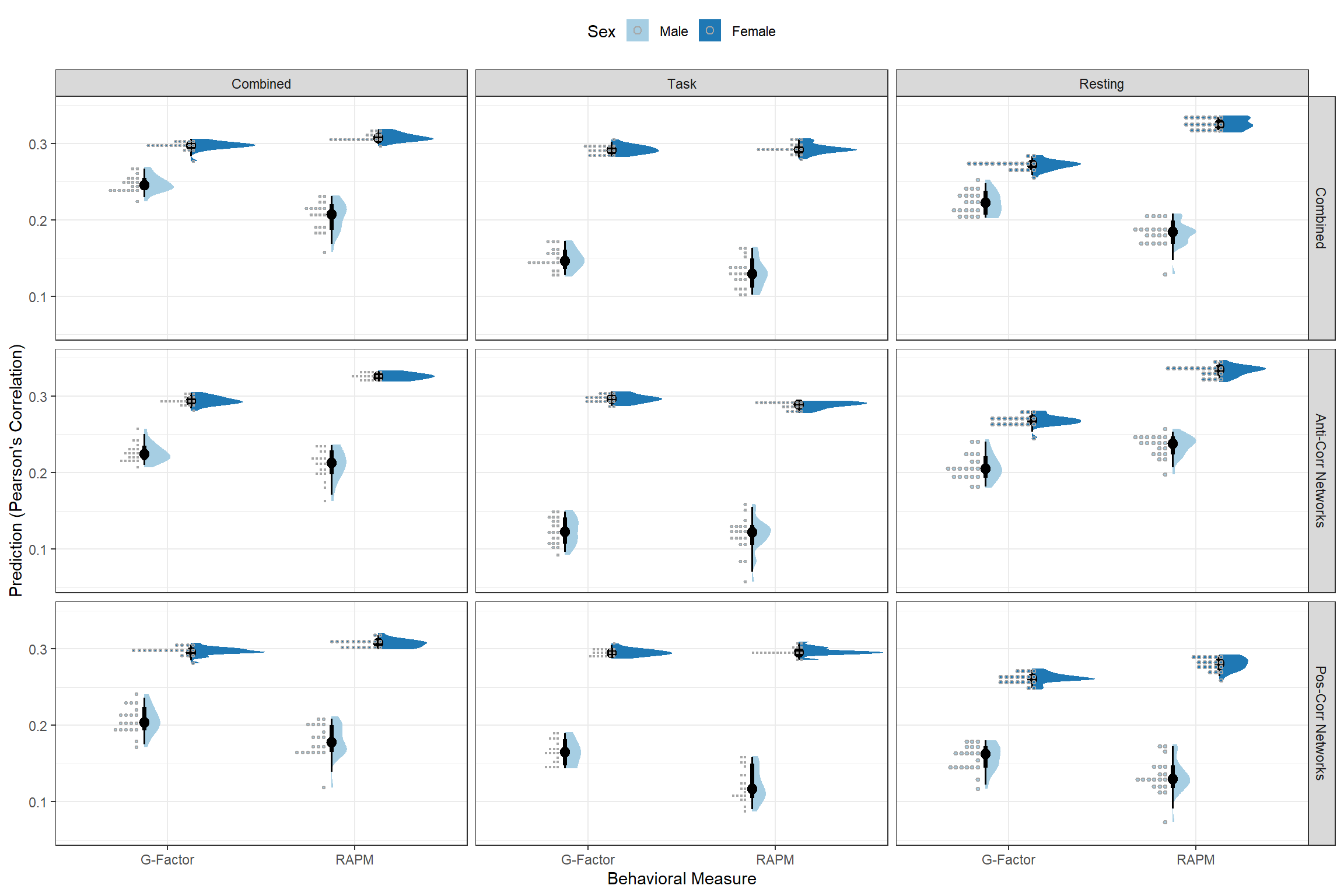
Figure 6: CPM prediction between different sex.
Parcel Power264 with GSR
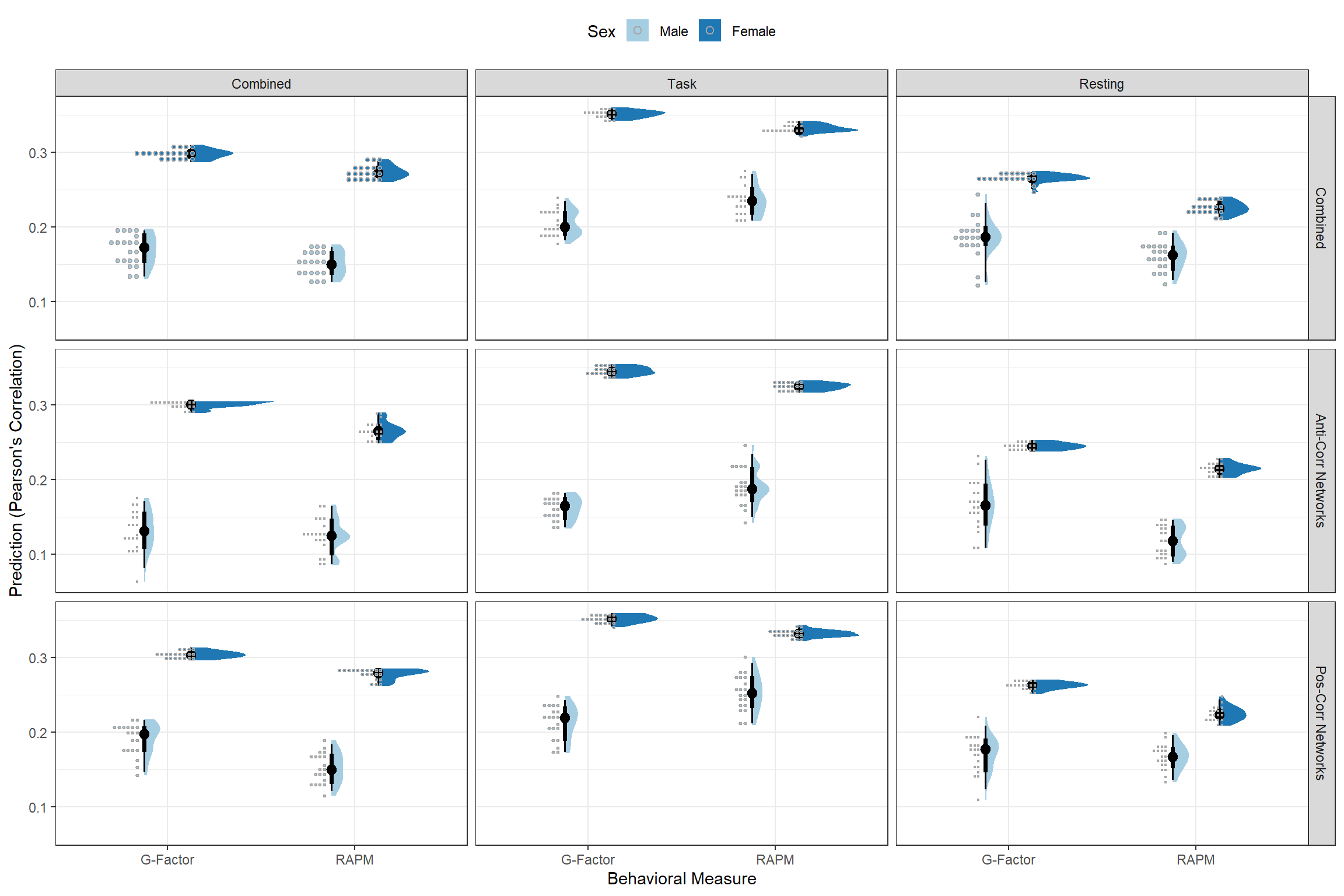
Figure 7: CPM prediction between different sex.
Parcel Power264 without GSR
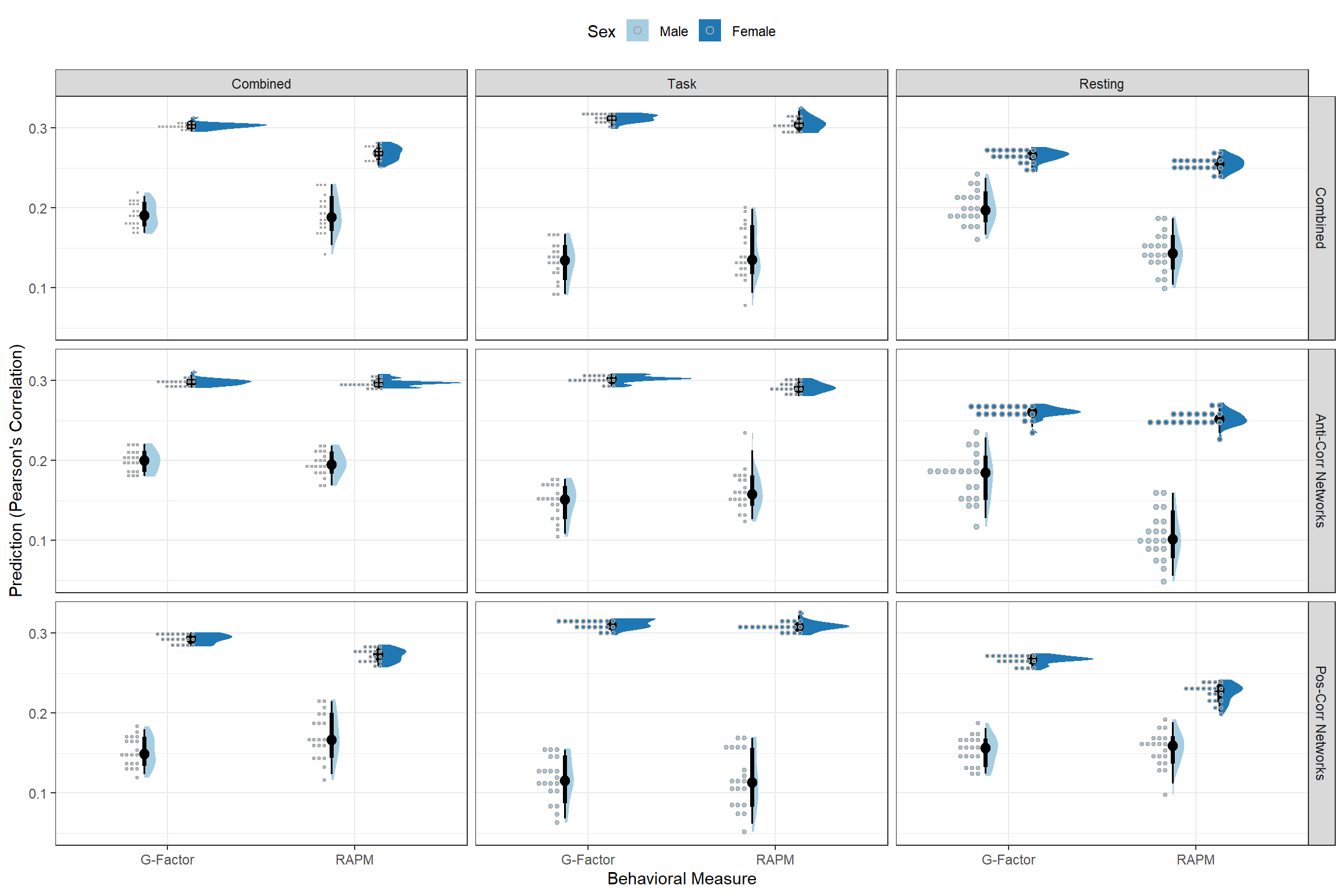
Figure 8: CPM prediction between different sex.
Model g with the Highest Loading Tasks
The following is to test whether the correlation between the estimated g-factor scores and the brain functional connectivity can be improved by eliminating certain observed variables, e.g., those with the least factor loading.
Note: all following calculations are based on Power’s 264-node parcellation and p-value based threshold method, which appears to have a better prediction accuracy.
Trends by Number of Kept tasks

Figure 9: The correlation between g factor scores and brain functional connectivity reaches plateau after 6 variables of largest factor loading were included, whereas that of RAPM scores reaches plateau after 13 variables. This might indicate that more variables might not necesssarily be beneficial to the measure of g-factor estimation, esp. when adding low g loading tasks.
Single Task Benchmark

Figure 10: Correlation with brain FC for single tasks. The tasks are ordered by the factor loading in one g factor model.